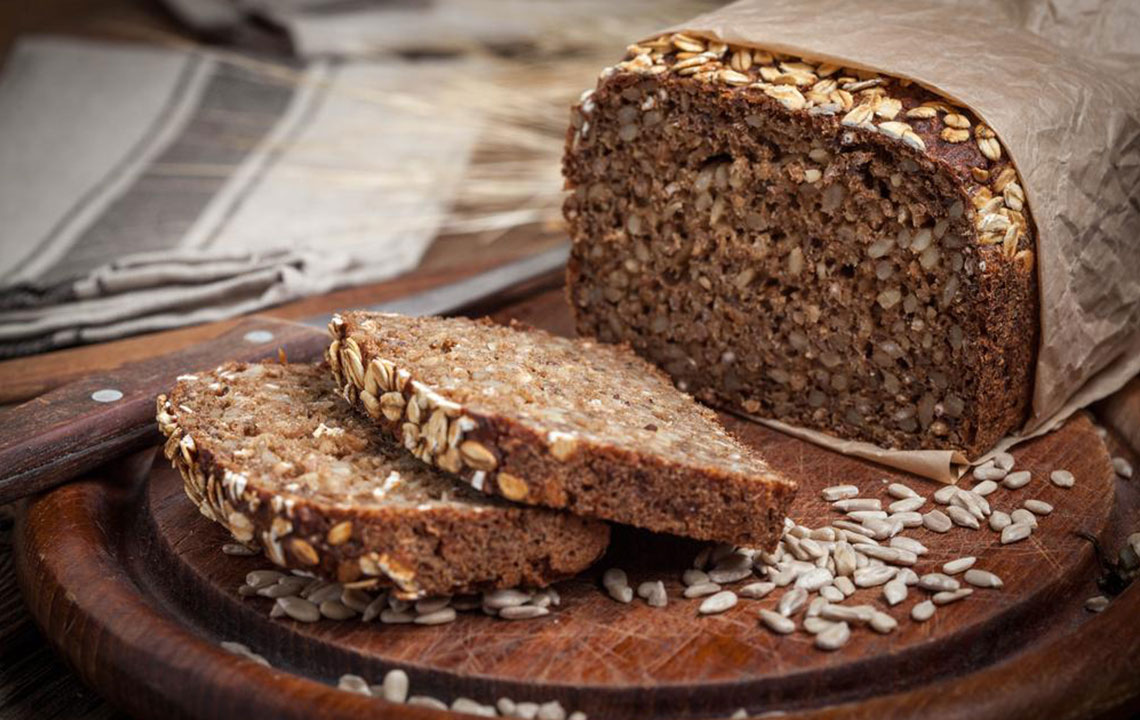Benefits of Whole Grains for a High-Fiber Diet
Discover the health benefits of integrating whole grains into your diet. Rich in dietary fiber, antioxidants, and essential minerals, these grains help prevent chronic diseases like heart issues and diabetes. Learn about various high-fiber options like bulgur, whole wheat pasta, barley, and more, along with tips on proper daily intake based on age and gender. Incorporate these nutritious grains into your meals to support overall well-being and digestive health effectively.

Benefits of Whole Grains for a High-Fiber Diet
Incorporating whole grains into your daily meals is an excellent way to boost dietary fiber intake, along with essential nutrients like antioxidants, minerals, and healthy carbohydrates. These unprocessed grains contain the germ, bran, and endosperm, and include options such as wheat, rice, barley, oats, corn, rye, and maize. Consuming whole grains may help prevent conditions like heart disease, diabetes, and hypertension. Some top high-fiber options include bulgur, whole wheat pasta, multi-grain bread, Kamut, spelt, barley, brown rice, and quinoa.
Bulgur, made from various wheat types, offers about 4.5 grams of fiber per 100 grams cooked and can be used in soups, salads, baked goods, or served with vegetables and meats. Whole wheat pasta also provides 4.5 grams of fiber per 100 grams and pairs well with vegetables. Whole and multi-grain breads, often enriched with seeds like flax, pumpkin, or sunflower, deliver significant fiber content.
Kamut, a Khorasan wheat variant, supplies approximately 3.9 grams of fiber per 100 grams when cooked. Spelt flour is another nutritious option, used mainly for baking, offering similar fiber levels. Barley, commonly used in soups, stews, and bread, provides about 3.8 grams of fiber per 100 grams cooked. Nutritious grains like brown rice and wild rice can be served with vegetables, meats, or eggs, enhancing fiber intake. Oatmeal and quinoa flour are also rich sources of dietary fiber and minerals. Including a variety of these whole grains supports overall health and helps meet daily fiber requirements, which vary by age and gender.
For individuals over 50, daily fiber intake recommendations are lower—about 30 grams for men and 21 grams for women—while younger adults generally need around 38 grams for men and 25 grams for women. Proper incorporation of these high-fiber grains into your diet can promote better digestion and long-term health benefits.
Disclaimer:
This article provides general information on symptoms, treatments, health conditions, and side effects for informational purposes only. It should not replace professional medical advice. Always consult licensed healthcare providers for personalized medical guidance and treatment decisions.










